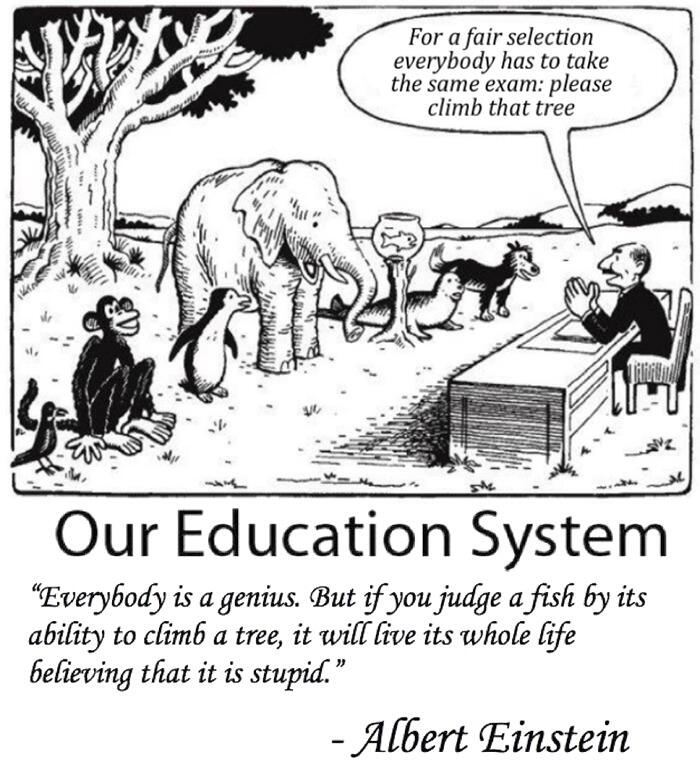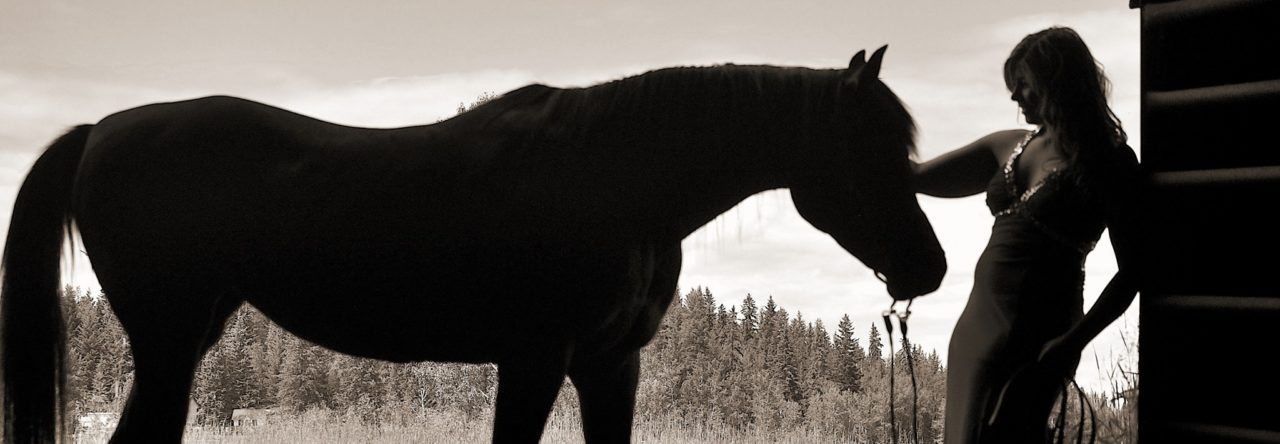Training Horses: An Assessment Guide for Educators
- You must first establish a relationship with the horse before any learning can occur. If you demand learning prior to building a relationship, the chances of you receiving negative feedback from your horse (or ending up on your rump) has increased dramatically. Would you want to learn from a random person “demanding” something of you rather than “asking?”

- Once a relationship and safe space has been set for you and your horse, you must present a clear learning intention at the beginning each day and you may have to remind the horse of this learning intention.
- “I do, we do, you do.” Show the horse what you are looking for, give examples, walk through the process together before they have to do it on their own
- Make your directions and criteria clear for the learning outcome
- Once you have, understand that “Learning Takes Patience & Time” and this process may need to be repeated

- Formative feedback is imperative throughout every step of the learning process. Let the horse know if they are heading in the right direction or if they need redirection.
- Horses love treats to reinforce exceptional positive behavior… Just saying
- Acknowledge the type of horse you are training and the learning intention you have set out, are they an appropriate fit?
- Different horses have different body types and different brains (they even have eyes that set in different parts of the head and will see things differently depending if they are more forward or on the side) so it is imperative you make sure your teaching style coincides with the learning style. Adjust what outcome is appropriate for each horse, so that all horses feel successful.
- Acknowledge the attitude and effort of the horse you are training- do not compare that horse to the other horses you have trained or are currently training. **The next two photos are examples of two very different breeds of horses having extreme success in their learning, but the outcome looks drastically different** Celebrate the success of the learner! ”


- Can you clearly identify the success points of the day? Focus on the positives.
- Do not set a time frame for training your horse. If you set out with the mind frame that you have “all day,” the horse will learn in 10 minutes, if you set out with mind frame that you only have “10 minutes” the horse will take all day. Again, “Learning Takes Patience and Time.”
- Scaffold your lessons and Learning Progressions so that small achievable goals lead to the end result. Do not overwhelm your horse. There is always tomorrow.
- Not every day will be the same. Your horse will come with a different attitude every day depending on many variables, be intuitive and be ready to adapt on the spot

- Not every day will be the same. Your horse will come with a different attitude every day depending on many variables, be intuitive and be ready to adapt on the spot
- Know where your horse’s attitude is coming from
- Is it because you asked them to perform before feeding?
- Have you established enough relationship to a point where the horse respects you as a leader and their guide?
- Does your horse trust you enough to perform the learning intention?
- Is the action you’re asking the horse scaffolding the learnings of the day before? Or have you gone from A, B, C to Z?
- Consistency. Let your horse know you are there for them every day.
- Be consistent in your vocabulary, your expectations and your intentions
- There is no “end” or “cap” on what the horse is able to learn and do.
I chose to do an analogy of assessment based on the process of training horses. We do not give our horses grades and percent to have them figure out whether or not they are being successful. After first establishing relationships, we are constantly giving feedback and choosing activities the horse loves to do. If a horse hates jumping… why make it jump? It will probably love any of the 100,000 other horse activities out there, and it doesn’t make it any less of a horse. Students are the same way. We can still help each student learn individually, progress and feel successful once we figure out what drives them. Competencies, Big Ideas, Curricular Competencies can all be taught through the content by implementing strength- based learning. Assessment at the end of the day is holistic, between establishing clear criteria, having multiple conferences and negotiations with students, providing formative feedback every step of the way, students are able to self-assess, we are able to formatively assess and the end result is there without the summative. This is my “Assessmentopia.” 
Cited Sources:
Assessment: The Bridge Between Teaching and Learning – from Voices in the Middle, Volume 21, Number 2, December 2013
https://www.ncte.org/library/NCTEFiles/Resources/Journals/VM/0212-dec2013/VM0212Assessment.pdf
BC’s K-12 Assessment System – BC’s New Curriculum
https://curriculum.gov.bc.ca/assessment
Dylan Wiliam – YouTube – Assessment for Learning
https://www.youtube.com/watch?v=hiu-jY-xaPg
Dylan Wiliam – YouTube – Assessment Strategies
https://www.youtube.com/watch?v=YcJdZGz6ifY
Dylan Wiliam – YouTube – Formative Assessment
https://www.youtube.com/watch?v=sYdVe5O7KBE
Transforming Assessment – BC’s New Curriculum
https://curriculum.gov.bc.ca/node/88
White, Katie. Softening the Edges : Assessment Practices That Honor K-12 Teachers and Learners (Using Responsible Assessment Methods in Ways That Support Student Engagement), Solution Tree, 2017. ProQuest Ebook Central, https://ebookcentral.proquest.com/lib/unbc-ebooks/detail.action?docID=4804022.
